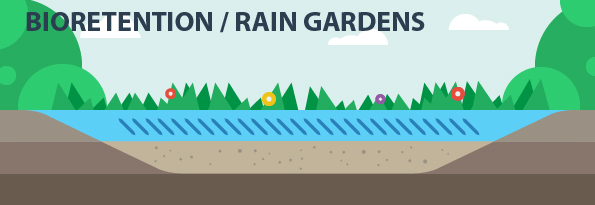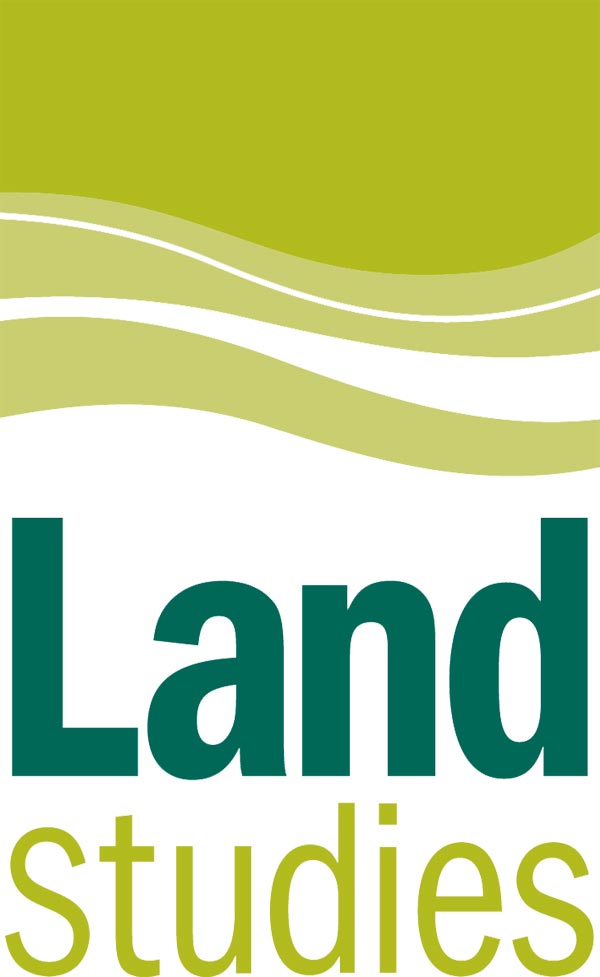Butterfly Acres Swale Restoration

Parts of the Chesapeake Bay watershed contain a high percentage of impervious cover – paved or other hard surfaces such as roofs and roadways that prevent rain water from being absorbed into the ground. Instead, water runs along these surfaces, collecting trash and substances such as motor oil, lawn fertilizers, and pesticides. This polluted stormwater flows into streams and rivers, where it threatens aquatic ecosystems and public health.
Effective stormwater management, on the other hand, creates safe paths for polluted runoff to be captured and filtered through the ground before it reaches waterways. This helps keep the environment clean and our communities healthy!

Project Location: Lancaster, PA
Problem: A stormwater open-channel drainage swale that flowed through a residential development and adjoining walking trail in Lititz Borough was significantly degraded. The swale had suffered from major erosion and was dominated by invasive plant species. It was not providing the infiltrating and stormwater capture it was intended for even though it was Lititz Borough’s largest drainage component in its MS4. After the area was identified as a critical aquifer recharge area (CARA), the need for restoration increased.
Solution: A four-phase master plan was established to improve stormwater infiltration and restore the site’s function as an aquifer recharge area. Porous infiltration trenches were established along the swale to improve water quality. Invasive plant species were eliminated and native vegetation was restored to further contribute to infiltrating groundwater and filtering pollutants. The native plants and wildlife habitat restoration also improved biological function and provided aesthetic benefits to people utilizing the adjacent walking trail. Educational signage installed along the bioswale helps inform the public about how it works and why it is important.
Scale: 2,300 foot-long swale
Collaborators: Lititz Borough, private community businesses, LandStudies, Inc.


